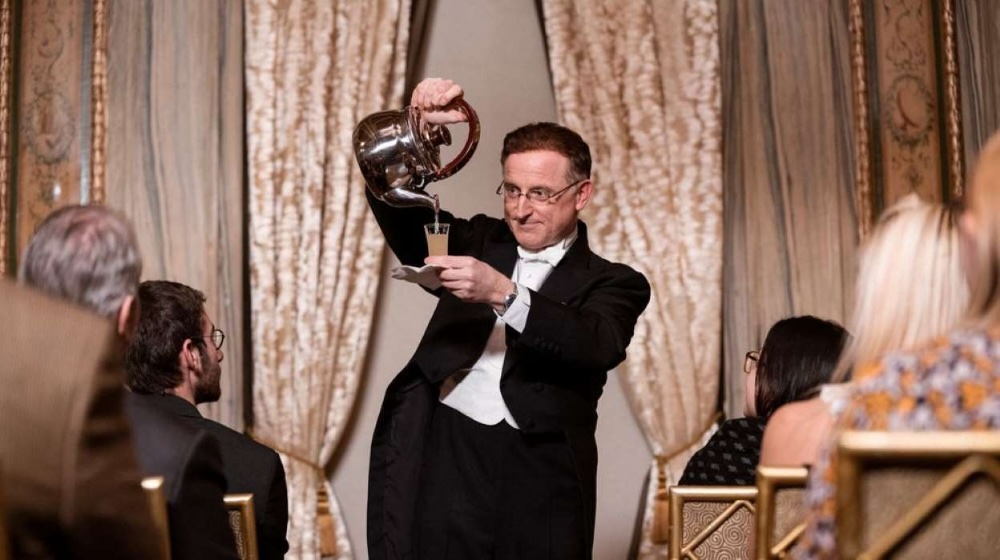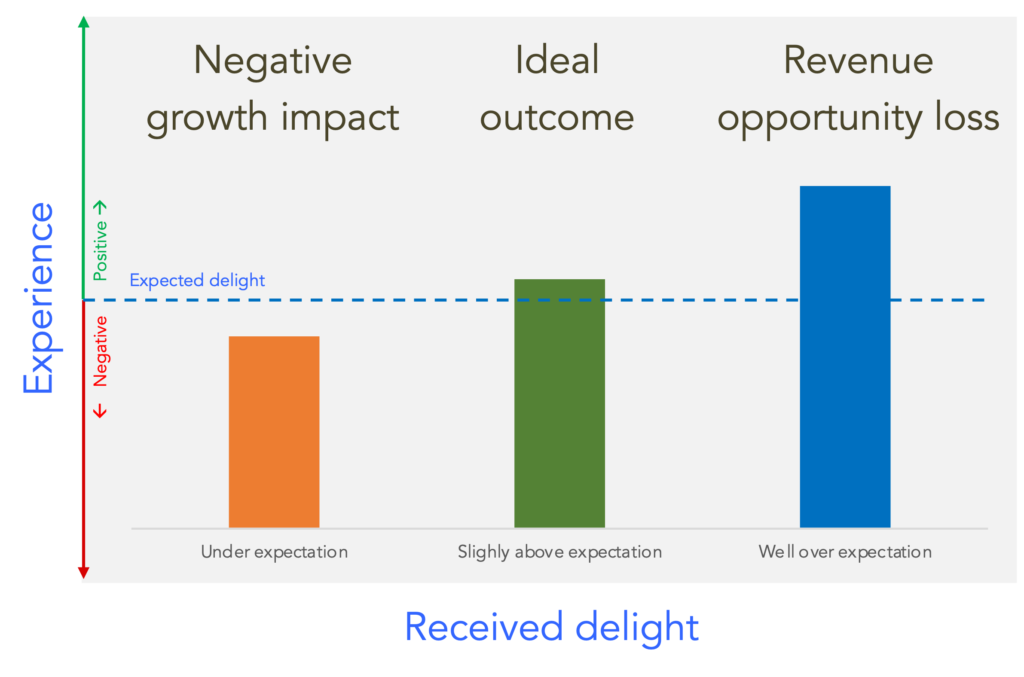
The magic of expectation
Many years ago, Peter Wolken, one of the fathers of venture capital, who created Associated Venture Investors (AVI) back in 1982 and was one of my VC mentors, told me about the millionaires’ magician. Wolken attended one of his famous parlor magic shows in New York. I had never heard of the millionaires’ magician. His name is Steve Cohen and for many years, he performed his famous show to the delight of small audiences at the Waldorf Astoria hotel.
Cohen is really in the business of delivering wonder. Why does it work? It is simply because he beats expectations, and by a large margin. When he performs, the outcome is never anticipated. The tricks are unsettling and seem contrary to the laws of physics that govern our world. But not in Cohen’s world. He is driven by triggering a twinkle of light in the eyes of his audience through the unexpected.
In his signature trick, Think-A-Drink, he asks one member of the audience to think of a drink, any drink. He works his magic on a teapot and serves a drink in a glass and ta-da, the liquid served is exactly the drink the person suggested. Most of us would never expect that magically, the exact drink imagined would appear in a teapot. The magic exists because our expectation was beaten by a large factor.
A mismatch between expectations and reality can have some serious negative consequences. It happens to all of us: we walk down a flight of stairs and we miss the last step. Why? Because in our brain, there is an image that does not include that last step. So, when our brain commands our body to initiate the right movement to negotiate the landing, we lose our balance and dignity when we fall in front of a dismayed audience.
Expectation management is important to realize alignment. It is critical for a company to set expectations across the four axes of alignment and to regularly assess whether these expectations, formed in the brains of prospects and customers, are what the company indeed will deliver. Like product management, expectations should be constantly managed and refined. They are the ultimate reason alignments are realized or missed.
A great expression of that notion is precisely what I define in the fourth axis of alignment in our A4 Precision Alignment™ approach, where delivered delight must be above the expectation and anticipation of that delight. Note that this can be achieved either by upping delight or by lowering expectations.
The amount of delight experienced has to be slightly above expectations. If it is below, the misalignment generates a negative impact on the business and revenue growth will be adversely affected. Eventually revenue will start to erode. If delight is too much above the expectations, then money is left on the table and pricing is not optimized, because customers would be willing to pay more for the level of delight they experience.

Again, the critical aspect is that the expected delight must be set by the company and should always remain under its total control.
In conclusion, it is important for any CEO, business leader and entrepreneur to understand that the difference between the delight received by the customer when using the product and the delight that the customer expected is a key growth driver.